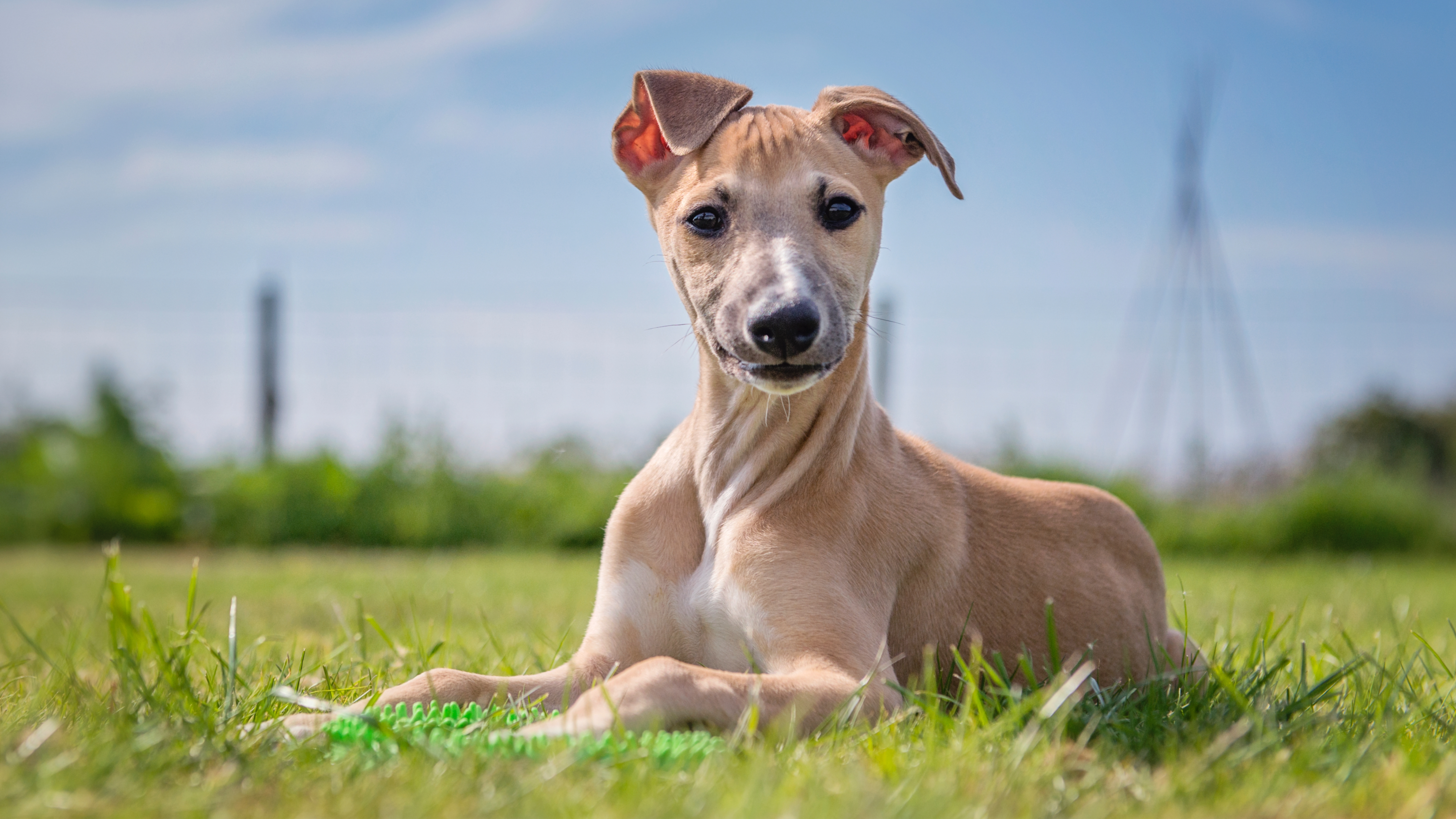Five hamster breeds: which furry friend is right for you?
We explore the different domestic hamster breeds and their characteristics as pets
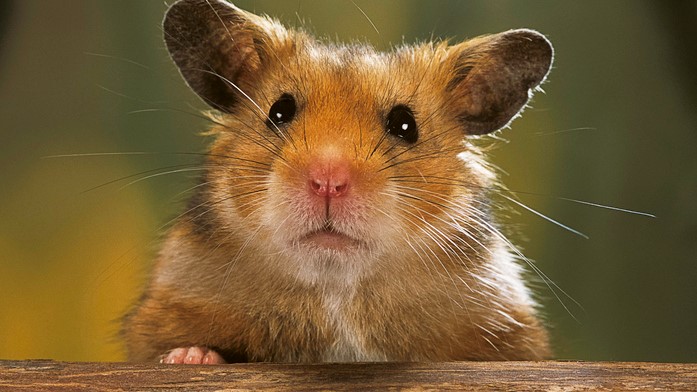
Have you considered getting a hamster? Well, there are a few different hamster breeds out there to choose from, but which one is right for you? Hamsters make great pets, they are small and don’t take up too much space, and they’re super cute and cuddly. However, every hamster has different personality traits and characteristics, so it’s good to know the facts before making one an addition to your family.
While you may have a hamster type in mind, there are many things to consider when choosing the right breed of hamster for you. Things to consider include how much maintenance they require, whether or not they are sociable if you would like to have more than one pet hamster, life expectancy, and their overall behaviors.
To help you decide which hamster breed is right for you, we’ve rounded up the five most common domestic hamster breeds and listed their common traits.
- Best hamster toys: Amazing accessories for a happy hamster
- Nine small pets that are great for kids
- Best guinea pig accessories: Everything you need to entertain your furry friend
- Best rabbit toys: Make sure you never have a bored bunny
5 most popular hamster breeds...

1. Syrian Hamster
Syrian Hamsters are the most popular hamster breed to keep as pets. They are also referred to as Teddy Bear Hamsters and generally have a very friendly and loving disposition. These hamsters are said to build a strong bond with their owners and they’re very easy to handle making them the ideal choice of pet for young children.
The Syrian Hamster is a little larger than other hamsters, growing to about 7 inches in length. And they tend to be more relaxed than other breeds, which makes them easy to hold and pet. While they are loving to their owners, they are not a sociable breed, and therefore should be kept alone otherwise they will fight with other hamsters.
This hamster breed is mostly nocturnal, so they won’t be very active in the day time, which might not appeal to you if you’d prefer a pet that you can play with more frequently. A Syrian Hamster can live to around four years old, but their average lifespan is usually 2-3 years.
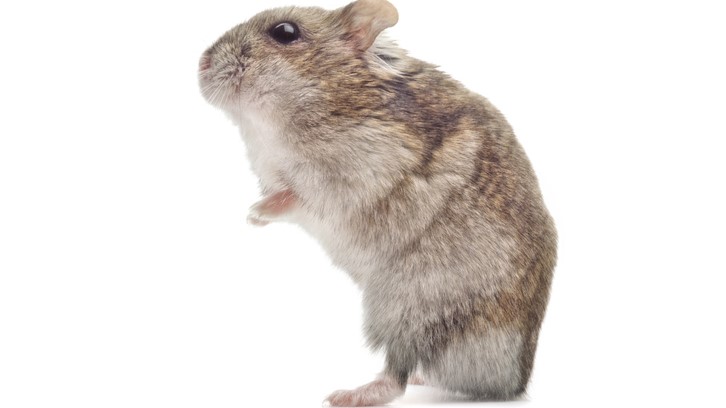
2. Chinese Hamster
Chinese Hamsters are much smaller than Syrian Hamsters, at around 3-4 inches in length. They are more mouse-like, quicker on their feet and much more playful than other hamster breeds. So if you want a pet that you can engage and play with, then a Chinese hamster may appeal to you.
PetsRadar Newsletter
Get the best advice, tips and top tech for your beloved Pets
They do require lots of attention and they can turn destructive when bored. In this sense they are slightly higher maintenance because you’ll need to keep them engaged and happy as much as possible, otherwise they may chew through absolutely anything.
On the whole, this hamster breed is friendly and loving when given the attention they need, and they’ll enjoy being held and petted without nibbling at you. You can house more than one Chinese Hamster together, but you’ll need to slowly introduce them to one another to ensure they like each other before committing them to the same cage. There’s no guarantee on this, so be prepared if you're planning on owning two or more of these furballs.
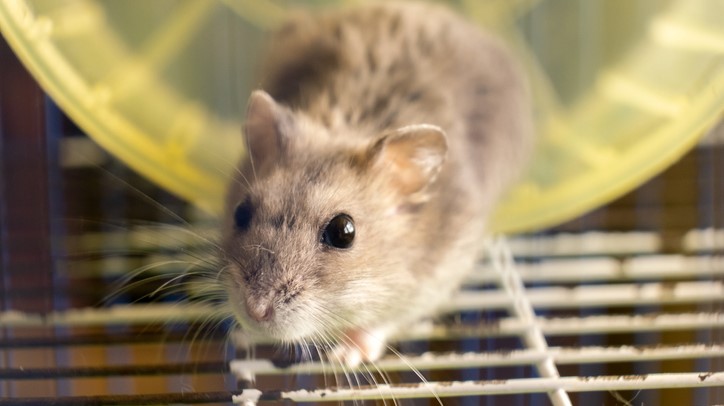
3. Dwarf Campbell Russian Hamster
The clue is in the name with all dwarf hamsters, in that they are teeny tiny and look just like a little field mouse. A Dwarf Campbell has a shorter lifespan of around 1.5-2 years and they are much more timid than other hamster breeds. They are mostly nocturnal; however, they do love to be sociable and when getting attention from you they will stay awake to lap it up.
You’ll need to make a Dwarf Campbell Hamster feel right at home, with a warm and safe place to sleep, and perhaps some accessories for them to hide in. Due to their timid nature, Dwarf Campbells aren’t suitable pets for young children but instead would prefer an owner of a calmer disposition who has the time to give them attention when they need it.
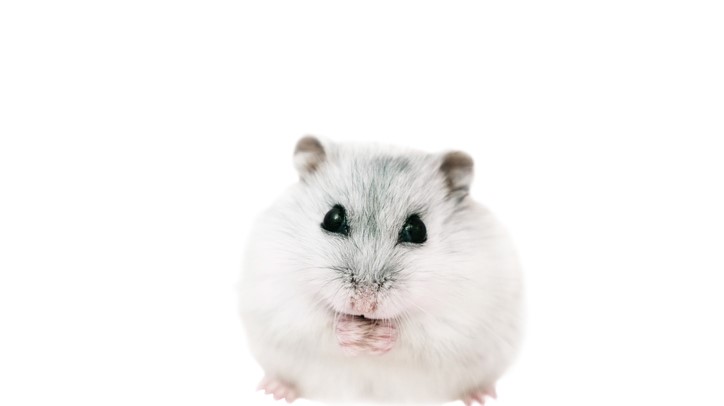
4. Dwarf Winter White Russian Hamster
Another of the dwarf hamster breeds, the Winter White Russian Hamster, also known as the Siberian Hamster or Djungarian Hamster are half the size of Syrian hamsters and come from colder climates.
This hamster breed usually has a brown or grey coat despite its name, but their coats turn white in winter as a natural defence from predators. They look fairly similar to Dwarf Campbell Hamsters, but White Russian’s have furrier feet which is how you can tell them apart.
Overall, this type of hamster is very sweet and would be a suitable pet for a family, but adult supervision is recommended when handling a Winter White Russian as they can be very quick on their feet and may dash off and hide if they get startled.
They are sociable animals and would enjoy the company of another hamster of the same sex, but ensure they have a spacious house to give them their own room to relax. It is recommended to keep them in a quiet spot but to provide plenty of attention and toys so that they get enough stimulation throughout the day.
As they are very small, regular hamster cages may not be suitable as they can easily squeeze through the gaps, so you may also want to consider a tank instead for housing them.
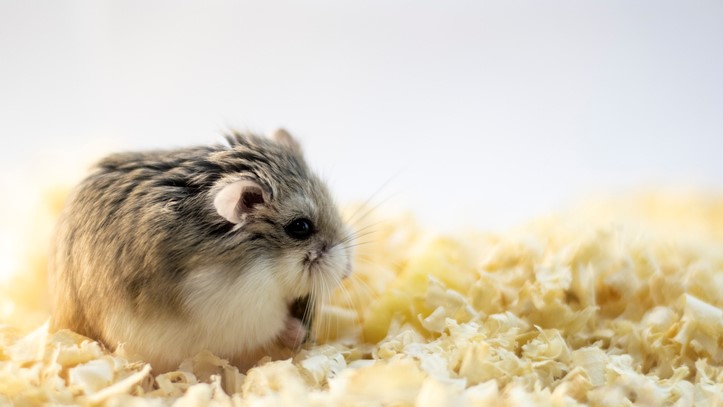
5. Dwarf Roborovski Hamster
The Roborovki Hamster is super sociable but not one to be tamed! This hamster breed enjoys spending time with other hamsters of its own kind, but they dislike sharing, so if you’re thinking of getting multiple, they’ll need plenty of room to roam and their own food, toys, and water.
They are the fastest of the Dwarf hamster breeds, Roborovki hamsters don’t particularly like being handled, so if you want a pet you can cuddle, then you may be more suited to a Chinese or White Russian Hamster. However, if you want a pet that will amuse you, then the Roborovski hamster won’t disappoint. If you kit them out with a large tank and plenty of toys, you can spend hours watching bolt around and tire themselves out.
Overall, this hamster breed is fairly low maintenance and they have an average lifespan of around 2.5-3 years.
Choosing the right hamster breed for you…
Whichever hamster breed you prefer, all of them make wonderful furry friends. The key to getting any pet is to do your research and be prepared before bringing them home. Make sure you have enough space, the right accessories and enough time and love to give to them.
In this guide, we answer, 'How long do hamsters live?'
Sarah is a freelance writer and marketer, covering a variety of topics from lifestyle and fitness to sustainability and travel. When she’s not writing for PetsRadar or other websites, she can be found looking after her pet chickens or relaxing with a cuppa and a cute doggo snoozing on her lap!

